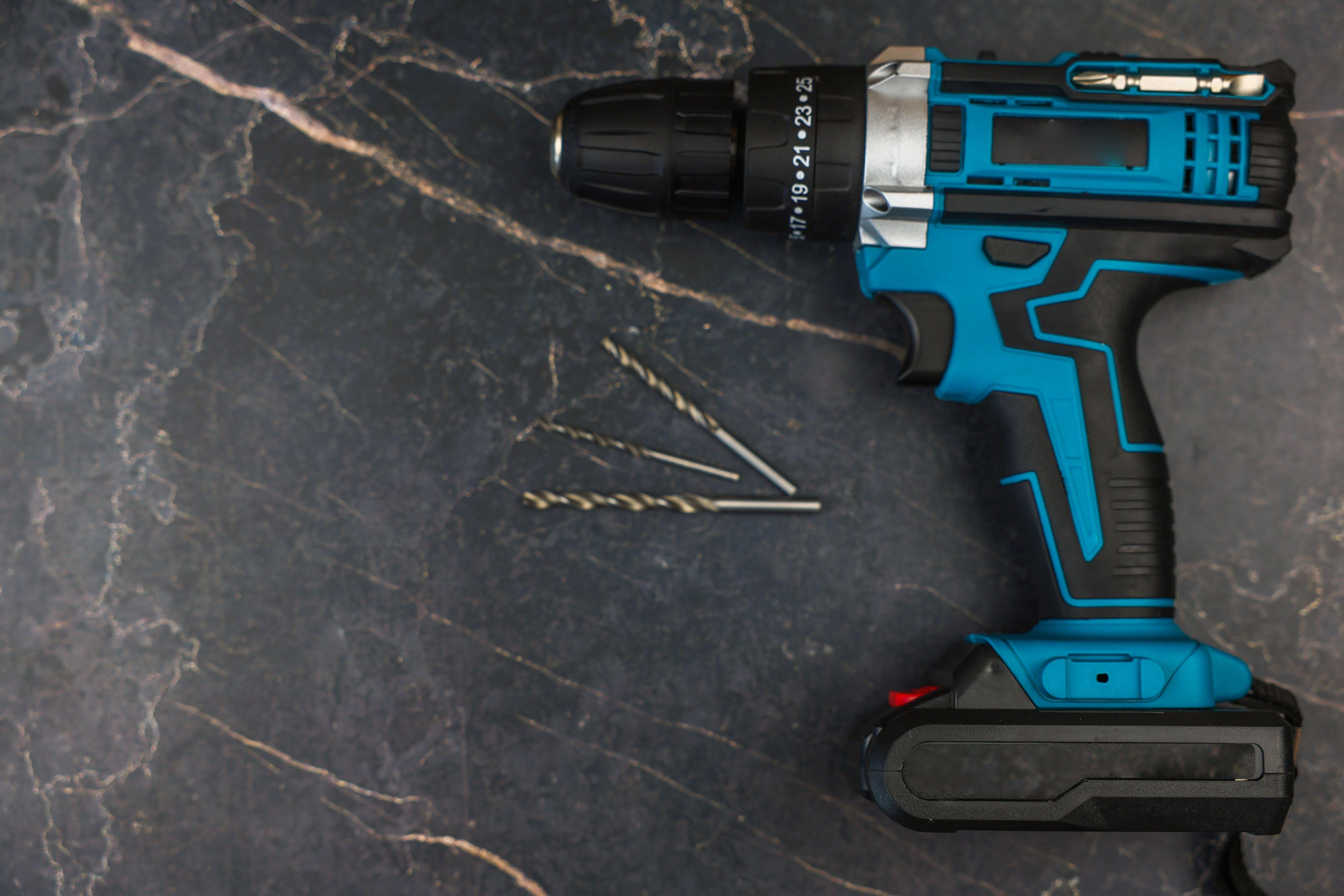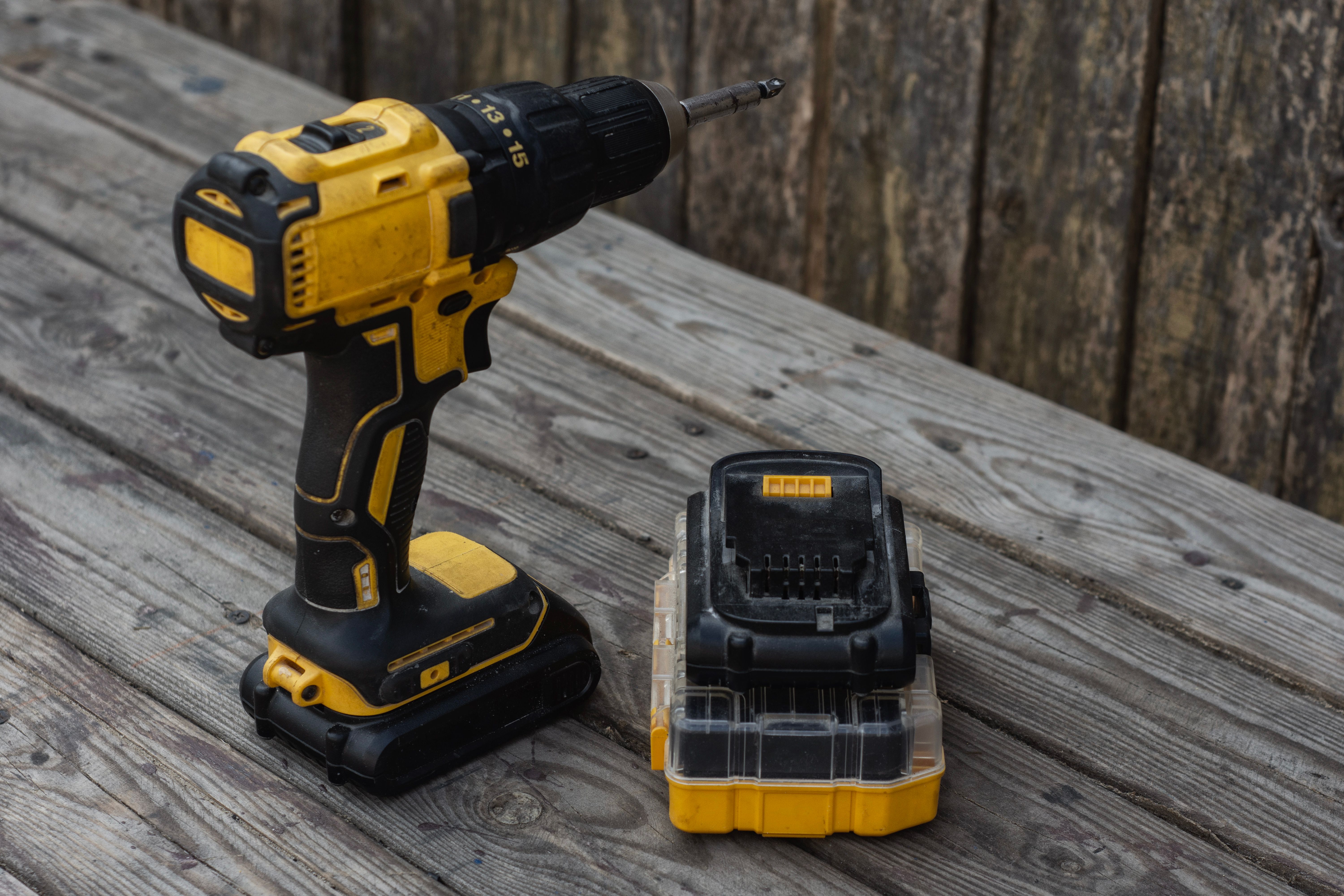Understanding the Basics of Power Drills
RR
Introduction to Power Drills
Power drills are an essential tool in both professional and DIY toolkits. They provide the efficiency and precision needed to complete a variety of tasks, from simple home repairs to complex construction projects. Understanding how to use a power drill effectively can save time and effort, making it a valuable skill for anyone looking to improve their home improvement abilities.
Whether you're installing shelves, assembling furniture, or drilling holes for electrical wiring, a power drill will be your trusted companion. With a range of features and accessories, selecting the right power drill for your needs can seem overwhelming. However, by understanding the basics, you can make an informed decision and maximize your tool's potential.

Types of Power Drills
Power drills come in various types, each suited for specific tasks. The most common types include:
- Corded Drills: These drills offer consistent power and are ideal for heavy-duty tasks. They require an electrical outlet, limiting mobility but providing unlimited runtime.
- Cordless Drills: Powered by batteries, these drills offer portability and convenience. They are perfect for quick jobs and areas without easy access to electricity.
- Hammer Drills: Designed for drilling into hard materials like concrete and masonry, hammer drills combine rotary motion with a hammering action.
Key Features to Consider
When selecting a power drill, consider several key features that impact performance and usability:
- Power: Measured in volts for cordless drills and amps for corded ones, higher power levels enable tackling tougher materials.
- Speed: Variable speed settings offer better control, allowing users to adjust the speed based on the material and task.
- Chuck Size: The chuck holds the drill bit in place. Common sizes are 3/8 inch and 1/2 inch, with larger sizes accommodating bigger bits.
Safety Tips for Using Power Drills
Safety is paramount when using power tools. Here are some essential safety tips to keep in mind:
- Always wear appropriate personal protective equipment, such as safety glasses and gloves.
- Ensure the drill bit is securely fastened before use to prevent accidents.
- Avoid wearing loose clothing or jewelry that could get caught in the drill.

Maintenance and Care
Proper maintenance extends the life of your power drill and ensures optimal performance. Regularly check for any wear and tear on the cord or battery. Clean the drill after each use to remove dust and debris, which can affect its operation. Store your drill in a dry place to prevent rusting of metal components.
Batteries should be charged according to the manufacturer's instructions. Periodically inspect the chuck for any signs of damage or wear, as this component is critical for holding bits securely.

Conclusion
Understanding the basics of power drills empowers you to tackle a wide array of projects with confidence. By choosing the right type of drill and considering important features like power, speed, and chuck size, you’ll be well-equipped for any task at hand. Remembering safety tips and maintaining your tool will ensure it remains a reliable asset in your toolkit for years to come.
With this foundational knowledge, you can explore more advanced applications and accessories that enhance the versatility of your power drill, enabling you to unleash your creativity and craftsmanship.